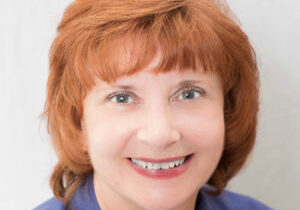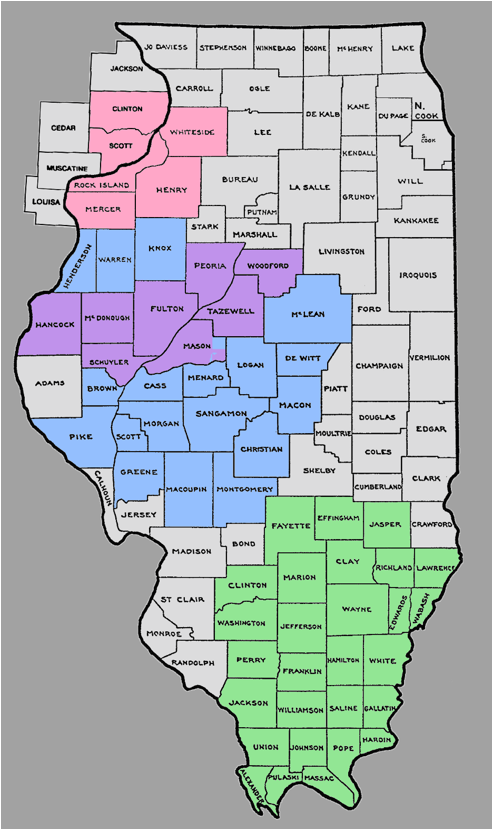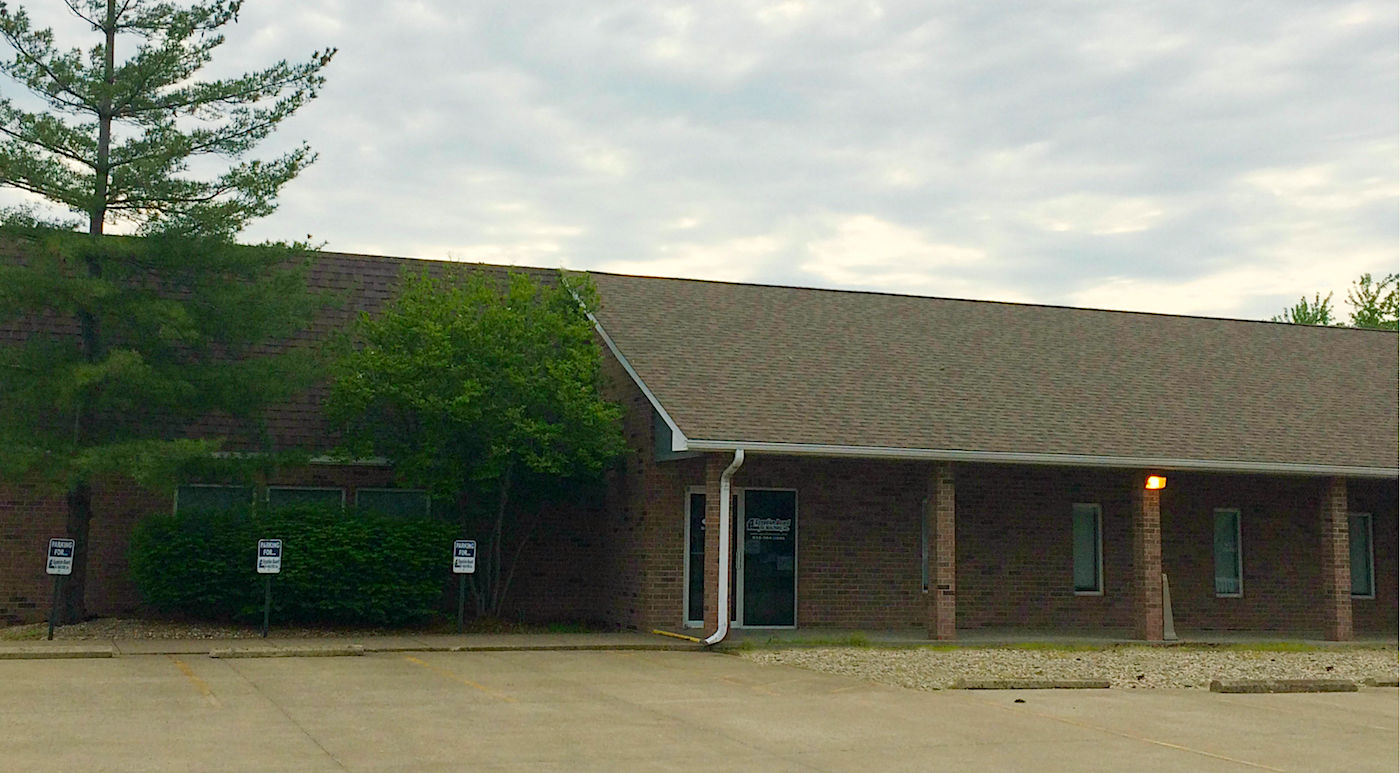Nestled deep in Southern Illinois, the Egyptian Board of REALTORS®, Inc. serves realtors located in some of the most beautiful country of the Midwest. Her lakes, rivers, and vast woods and forests are perfect for boating, fishing, hiking or hunting. The many small towns are perfect for raising families or retiring from the big city, but are within driving distance of metropolitan areas and all their conveniences.
Founded in 1936, the Egyptian Board of REALTORS®, Inc. serves twenty-seven southern Illinois counties, making it the largest geographical real estate board jurisdiction in the United States.
It is part of a three-way network that includes the National Association of REALTORS®, based in Chicago and Washington, D.C., as well as the Illinois Association of REALTORS® located in Springfield, Illinois.
The Egyptian Board of REALTORS® serves the members by identifying needs; by developing, promoting, and providing programs and services that enhance the members' ability to conduct their individual businesses successfully, competently, and with integrity; by promoting through collective action the extension and preservation of the right to own, transfer, and use real property; by informing the public of the value of working with a REALTOR®; and by providing a positive REALTOR® image.
The Egyptian Board of REALTORS® offices are located in Marion, Illinois, and are managed by an experienced staff dedicated to assisting its approximately 550 real estate professional members. EBOR's members engage in every aspect of the industry, including residential and commercial sales, leasing, appraising, inspecting, and managing property.
Members of RMLS Alliance
Egyptian Board of REALTORS®’ MLS joined the Capital Area REALTORS®’ MLS, the Peoria Area Association of REALTORS®’ MLS and the Quad City Area REALTOR® Association MLS to form the RMLS Alliance, LLC in July of 2018.
RMLSA covers territory in Illinois and Iowa running from Cairo, Carbondale and Mt. Vernon in southern Illinois through Springfield, Peoria, Galesburg and into the Quad City Area on both the Illinois and Iowa side of the river.
No camels, pyramids, or sandy deserts greet travelers motoring south of an imaginary line running west from Vincennes, IN to East St. Louis. Yet, at that point one enters Egypt, the widely-used nickname of Southern Illinois.
Several theories for the synonym exist: the Delta region theory, the name-place theory, and more recently a theory that a belly dancer was the impetus for the expansion of the nickname “Little Egypt”.
Most credible and documented is a biblical analogy theory which draws parallels between Southern Illinois’ role one year in producing food for the state and the Bible story about the sons of Jacob buying corn from Egypt during a seven year famine. Southern Illinois did not suffer through a seven-year famine. But one hard winter and a cold growing season was enough to bring wagon caravans of farmers from the northern and central regions of the state looking for corn.
The winter season of 1830-31 was bitter merciless according to accounts in John Allen’s “Legends and Lore of Southern Illinois.” Known as the Winter of the Deep Snow, storms came early that first fall and buried Illinois under three feet of snow that refused to melt. Spring came finally, but brought no relief. Farmers had to delay their field preparation and planting to allow for the late spring. The ensuing summer, too cool to allow the crop to regain its lost spring growing season, was cut short by an early frost.
By that time farmers in the rest of the state had used up their corn to feed their livestock through the hard winter. With no seed reserves for spring planting, corn meal, or cattle feed the farmers sought corn in Southern Illinois, the only part of the state that escaped the winter’s severe dole.
Everything south of an east-west line just north of Benton fared the winter well, with abundant supplies of corn to share. The northern and central farmers who traveled the length of the state for corn likened themselves to the Biblical sons of Jacob who bought Egypt’s grain during famine.
This historical account of the worst and longest winter Illinois ever knew was recorded in the Golconda Herald in the 1860’s by one Judge A. D. Duff, an attorney, circuit judge, and law professor on the Southern Illinois Normal University’s first faculty. Even the 1860 account was copied from an earlier account which appeared some years earlier on the Shawneetown Gazette. No reference earlier than 1832 could be found by historians search for the original contest of the Egyptian name.
Lending credence to the theory that Egypt originated during the 1830 winter, a prominent Carbondale citizen, Daniel H. Brush, noted in his personal journal the winter and the correlation between other Illinoisans buying corn from Southern Illinois and the sons of Jacob going down to Egypt to buy corn in the Old Testament accounts. Brush was a founder of Carbondale and donated the land on which Carbondale’s Brush Elementary school stands.
Although many newcomers within the past 50 years may not be cognizant of the historical reason for the nickname, “old-timers” and native Southern Illinoisans bear the name with pride. Carbondale historian John Wright, familiar with the story of Southern hospitality that the name “Egypt” carries, bristled at the nickname’s recent perversion—that is, within the last 40 or so years. For some reason the name Egypt gained an adjective—little. Now Little Egypt precedes the formal title of scores of Southern Illinois organizations.
But Wright declares, “No old-timer would ever call it Little Egypt.” The new nickname conjures up in Wright’s mind the famous belly dancer “Little Egypt” who became known through her performances at the 1893 World’s Columbian Exposition in Chicago. The thought that a Hootchy-Kootchy dancer could have revised the noble reminder of sharing with neighbors exasperates Wright. This area was called Egypt long before the belly dancer made the name famous, Wright said. He left the region in 1922. Upon his return in 1968, Little Egypt had taken root and newcomers think nothing of using the nicknames interchangeably.
Alan Cohn, professor at SIU-C Morris Library, never noted any distinction between Egypt and Little Egypt. “Little Egypt is certainly what it’s called now,” he said, although he knew of no reason for the new version.
Another theory offers the explanation that Cairo, located on the southern-most tip of Illinois on the mouth of the Mississippi and Ohio Rivers suggests a comparison to the Nile River Delta in Egypt. Cairo was first named in 1818, before the severe winter occurred; and other towns named for Egyptian forerunners helped fix the nickname of Egypt, no matter how it actually started.
Thebes, located in Alexander County on the Mississippi River, bears the name of an early capital of ancient Egypt. There is also a hamlet and township by the name of Delta in the same county.
There are others. Karnak, the site of a temple on the Nile River in Egypt, is also a town in Pulaski County. Carmi, found near the Indiana border, is also the name of one of the sons of Jacob who made the Biblical journey to buy grain in Egypt.
Dongola in Union County is also the name of a province in Anglo-Egyptian Sudan. But, many of the Egyptian names were given around 1832 about the same time of the hard winter theory.
It may also be possible that the “Land of Goshen”, now part of present-day Edwardsville, was the first step in naming Southern Illinois towns after distant Egypt in 1801. The name Goshen no longer appears on a map.
Meet the EBOR Team
Association
Executive

CHARAY PALMER
Charay is the administrative principal and oversees the entire operations of the association.
Administrative
Assistant

Christi Vineyard
Christi is the assistant to the association executive. She coordinates meetings, events, marketing, and all member communications.
MLS
Coordinator
Lee Anne Bryant
Lee Anne coordinates the operation of the multiple listing service (MLS). She oversees data quality control, and transaction management.



